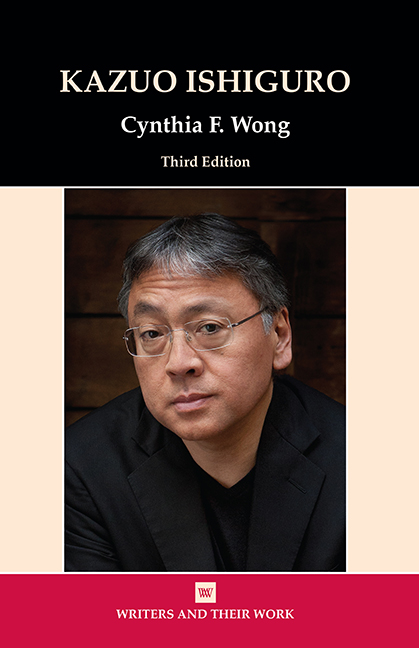Book contents
- Frontmatter
- Contents
- Acknowledgements
- Preface to the Third Edition
- Biographical Outline
- Abbreviations and References
- Introduction
- 1 Ishiguro as an International Writer
- 2 Reading the Novels
- 3 Narrative and Memory: A Pale View of Hills
- 4 Deflecting Truth in Memory: An Artist of the Floating World
- 5 Disclosure and ‘Unconcealment’: The Remains of the Day
- 6 Seizing Comprehension: The Unconsoled
- 7 Odd Failures of Guardianship in When We Were Orphans and Never Let Me Go
- 8 Parody and Performance in Nocturnes
- 9 Cloaked Memories in The Buried Giant
- Notes
- Select Bibliography
- Index
6 - Seizing Comprehension: The Unconsoled
- Frontmatter
- Contents
- Acknowledgements
- Preface to the Third Edition
- Biographical Outline
- Abbreviations and References
- Introduction
- 1 Ishiguro as an International Writer
- 2 Reading the Novels
- 3 Narrative and Memory: A Pale View of Hills
- 4 Deflecting Truth in Memory: An Artist of the Floating World
- 5 Disclosure and ‘Unconcealment’: The Remains of the Day
- 6 Seizing Comprehension: The Unconsoled
- 7 Odd Failures of Guardianship in When We Were Orphans and Never Let Me Go
- 8 Parody and Performance in Nocturnes
- 9 Cloaked Memories in The Buried Giant
- Notes
- Select Bibliography
- Index
Summary
We can be, in ways almost unendurable to reason, strangers to those whom we would know best, by whom we would be best known and unmasked.
Zygmunt Bauman describes contemporary nomads as those who ‘wander between unconnected places’ as ‘they move through identities’. This description fits the protagonist of Ishiguro's fourth novel, who is seen wandering through various inexplicable situations and places, accumulating a variety of identities; dislocated from the centre of professional, societal, and familial circles, Ryder embodies the indeterminacy of identity depicted by George Steiner 's remark above. Unable to fathom his own true identity or sense of self – a theme already familiar to readers of Ishiguro's fiction – the enigmatic Ryder cannot effect any meaningful connection to what readers might determine as significant other people in his life. For instance, how can Ryder appear to have no memory of a life he shared with a woman who might have been his wife and borne him a son? Despite the lack of a clear referential reality in Ishiguro's fourth novel, the themes of confusion and ostracism represent only a slight shift in his views about how people manage their self-delusions.
Whereas flashback and disoriented memory characterize the first three works, this novel, according to the author, depicts the character not of someone, like the other narrators, who is obviously ‘looking back and ordering his experience, but of someone in the midst of chaos, being pulled in different directions at once, and not realising why (MJ 23). Ishiguro said that this novel required a ‘more emotionally risky’ strategy because he wanted to place his characters among more ‘abstract themes’ (MJ 21, 20). For some critics who admired the spare and evocative stories of the early novels, The Unconsoled represents a bizarre and entangled tale whose allegorical value is more dubious and whose parables are no longer those related to identifiable place, situation, and history. For others, the novel provokes an excitement that rivals the earlier books. Vince Passaro has an eloquent explanation to account for the above views, and he offers insight into Ishiguro's evolving fiction:
Ishiguro's earlier books were lovely, shapely, delicately emotional, and, in terms of their intelligence, quietly forceful.
- Type
- Chapter
- Information
- Kazuo Ishiguro , pp. 66 - 80Publisher: Liverpool University PressPrint publication year: 2019

